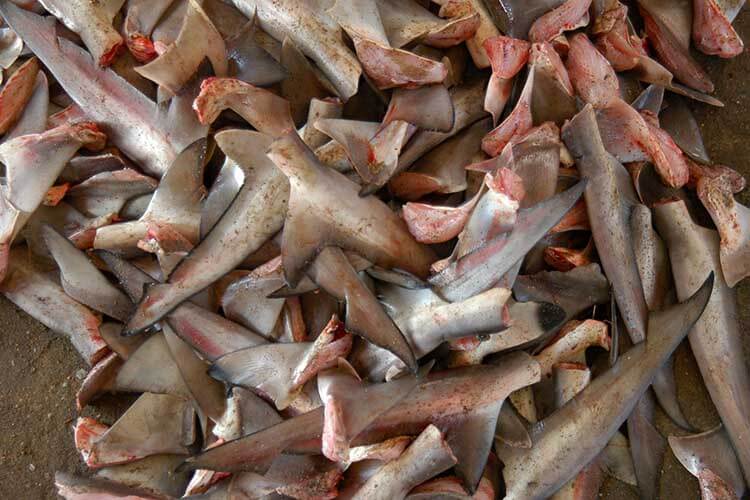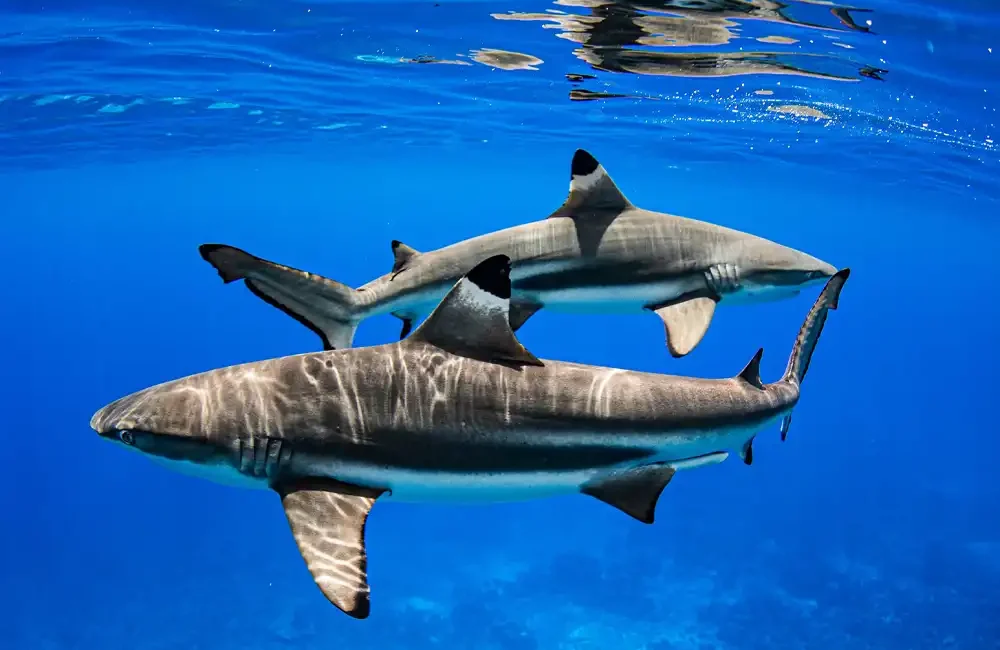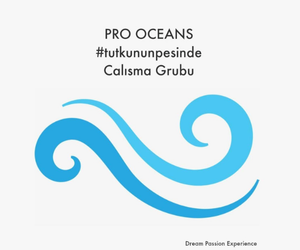A new study led by scientists from Florida International University (FIU) and the Wildlife Conservation Society (WCS) has found that there has been substantial progress in implementing protections for chondrichthytes (cartilaginous fish including sharks, rays and chimaeras) under the Convention on International Trade in Endangered Species of Wild Fauna and Flora (CITES).
While this is good news in the overall fight for shark and ray conservation, the study also identifies areas in need of improvement to safeguard the most threatened species.
The new study, published in Marine Policy, finds that 48 per cent of the 183 CITES signatories have implemented regulatory reforms, ranging from complete prohibition on the taking and trade of sharks and rays to species-specific protections and science-based catch quotas.
Among the protections in most need of enforcement are those surrounding manta rays and mobulas, which are hunted for their gill-rakers despite having been listed on CITES Appendix II (species that may be threatened with extinction if protective measures are not enforced) in 2016.
Gill-rakers – the tissue in between the rays’ gills which is used to filter plankton from the water – are particularly sought after by the Chinese market, where they are dried and powdered for use in a ‘traditional’ medication.
Indonesia was singled out by the report as a nation where the implementation of CITES Appendix II listings has been a success in this regard.
The country’s manta populations have long been a prime target of the gill-raker trade, but prevention and enforcement of CITES measures have resulted in a reduced catch and trade of the rays.
In addition to the illegal trade in shark fins and manta ray gill-rakers, chondrichthytes (cartilaginous fish including sharks species are also targeted for their meat, oil-rich livers and skins, with shark species making up the majority of products.
According to data collected since 2014, 47 per cent of all contraband seized by customs officials were shark fins and, overall, shark products were almost four times as likely to be seized as products made from rays.
Most protected species

Sharks and rays are among the most threatened animals in the oceans – approximately one-third of pelagic shark and ray species are listed as ‘Critically Endangered’, ‘Endangered’, and ‘Vulnerable to Extinction’ on the IUCN Red List of Threatened Species.
Of the animals most commonly afforded protections through CITES, whale sharks (Rhincodon typus) are top of the list, with 53 nations implementing measures to prevent trade in the species.
All species of sawfish (family Pristidae) are afforded globally significant protections, with oceanic whitetip sharks (Carcharhinus longimanus), great white sharks (Carcharodon carcharias), and basking sharks (Cetorhinus maximus) rounding out the top five most protected species.
In light of the continuing threats to these species, the oceanic whitetip shark, whale shark and all mobulid rays are to be considered for even greater protections with a listing on CITES Appendix I (species under direct threat of extinction) at the next CITES meeting in November 2025.
While the study shows that a prohibition in the trade of endangered species is having a marked effect on shark and ray conservation, it also reveals a wide implementation gap in how CITES regulations are enforced.
Indonesia, one of the largest exporters of shark products, is singled out for praise due to its strong investments in species identification tools and regulatory frameworks, and the aforementioned success in stemming the illegal trade in manta ray products.
Other countries, such as the Dominican Republic, Samoa, Monaco, and Colombia have all implemented protections for sharks over the last decade, and the Maldives has extended the full protection already afforded to sharks to include rays.
On the opposite side of the fence, the report’s authors note that market surveys in Hong Kong and China suggest trade in CITES-listed sharks remains similar to the volume prior to their listing.
Mexico and Sri Lanka are named as major sources for the illegal trade in shark fins, indicating they have problems enforcing the implementation of regulations, despite having formal CITES commitments in place.
In order to address the shortcomings of enforcing current regulations, the report identifies a number of critical steps that need to be taken, including scaling up species identification tools at ports, increasing training for customs officers, improving data collection on trade volumes and sources, and fostering cross-border collaboration among fisheries and wildlife agencies.
‘This study shows the powerful impact CITES listings can have to drive better national level conservation action,’ said the study’s lead author, Dr Mark Bond of FIU’s Institute of the Environment.
‘However, there is far more to be done and CITES shark and ray listings will only prevent extinctions if countries take responsibility and prioritise improved fisheries management regulations, compliance, and enforcement, in concert with robust monitoring, and address the gaps identified in this study.
‘Sharks and rays do not respect political boundaries so global efforts and regional cooperation at the scale that CITES can deliver is critical to their survival.’
The complete report ‘Trade regulations drive improved global shark and ray management’ by Mark Bond et al is published under an open access licence in Marine Policy
The post Major progress – but still gaps – in shark and ray conservation appeared first on DIVE Magazine.




